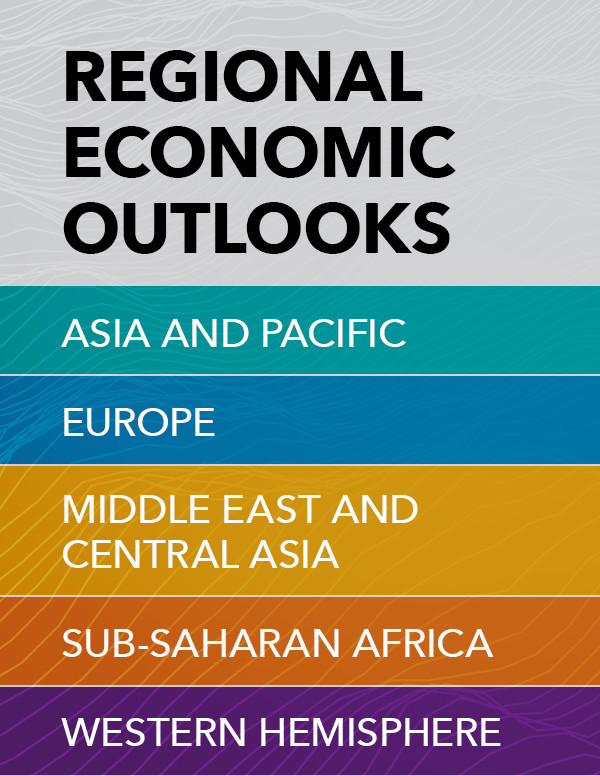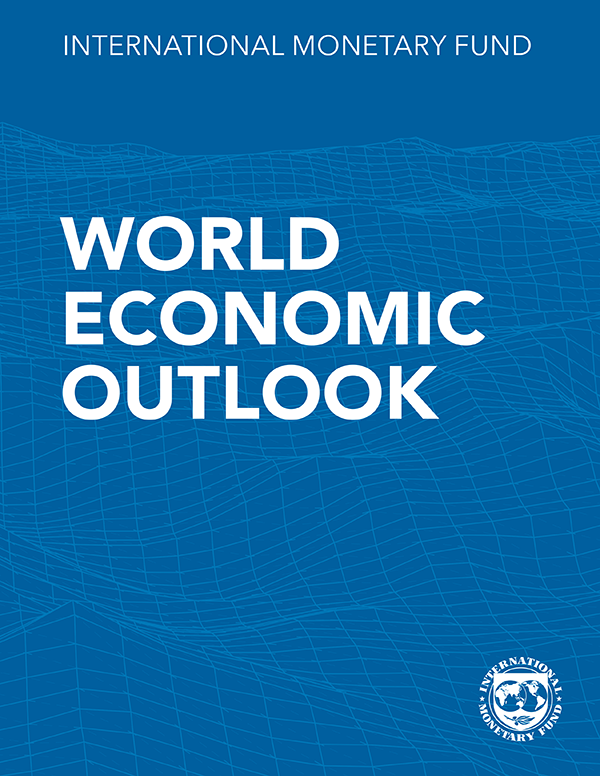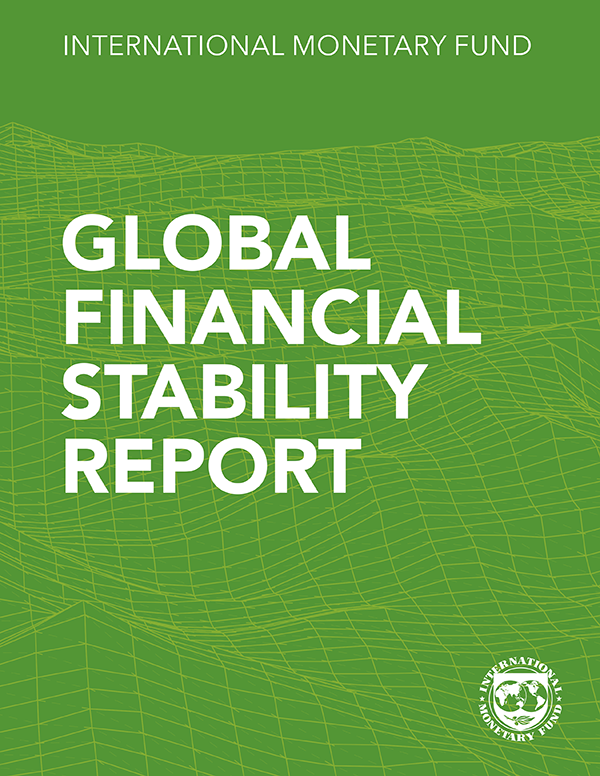Global recovery continues, but the momentum has weakened and uncertainty has increased

The global economic recovery is continuing, even as the pandemic resurges. The fault lines opened up by COVID-19 are looking more persistent—near-term divergences are expected to leave lasting imprints on medium-term performance. Vaccine access and early policy support are the principal drivers of the gaps.
The global economy is projected to grow 5.9 percent in 2021 and 4.9 percent in 2022, 0.1 percentage point lower for 2021 than in the July forecast. The downward revision for 2021 reflects a downgrade for advanced economies—in part due to supply disruptions—and for low-income developing countries, largely due to worsening pandemic dynamics. This is partially offset by stronger near-term prospects among some commodity-exporting emerging market and developing economies. Rapid spread of Delta and the threat of new variants have increased uncertainty about how quickly the pandemic can be overcome. Policy choices have become more difficult, with limited room to maneuver.

Global Prospects and Policies
The global economic recovery continues amid a resurging pandemic that poses unique policy challenges. Gaps in expected recoveries across economy groups have widened since the July forecast, for instance between advanced economies and low-income developing countries. Meanwhile, inflation has increased markedly in the United States and some emerging market economies. As restrictions are relaxed, demand has accelerated, but supply has been slower to respond. Although price pressures are expected to subside in most countries in 2022, inflation prospects are highly uncertain. These increases in inflation are occurring even as employment is below pre-pandemic levels in many economies, forcing difficult choices on policymakers. Strong policy effort at the multilateral level is needed on vaccine deployment, climate change, and international liquidity to strengthen global economic prospects. National policies to complement the multilateral effort will require much more tailoring to country-specific conditions and better targeting, as policy space constraints become more binding the longer the pandemic lasts.
Inflation Scares
Despite recent increases in headline inflation in both advanced and emerging market economies, long-term inflation expectations remain anchored. Looking ahead, headline inflation is projected to peak in the final months of 2021 but is expected to return to pre-pandemic levels by mid-2022 for most economies. But given the recovery’s uncharted nature, considerable uncertainty remains, and inflation could exceed forecasts for a variety of reasons. Clear communication, combined with appropriate monetary and fiscal policies, can help prevent “inflation scares” from unhinging inflation expectations.
Research and Innovation: Fighting the Pandemic and Boosting Long-Term Growth
How can policymakers boost long-term growth in the post–COVID-19 global economy? This chapter looks at the role of basic research—undirected, theoretical, or experimental work. Using rich new data that draw on connections from individual innovations and scientific articles, this chapter shows that basic research is an essential input into innovation, with wide-ranging international spillovers and long-lasting economic impacts.
Publications

-
September 2024
Finance & Development
- PRODUCTIVITY

-
September 2024
Annual Report
- Resilience in the Face of Change

-
Regional Economic Outlooks
- Latest Issues













